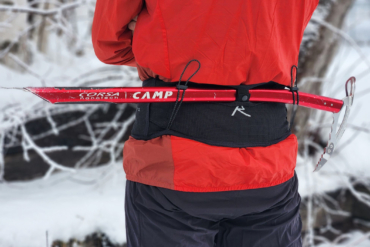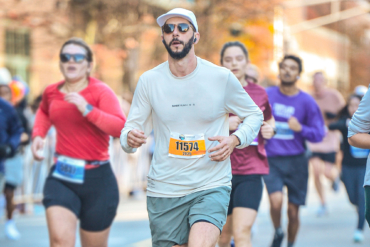Americans don’t really get Britain’s fell running. Is it mountain running? Is it trail running? Why does it get its own designation? So we asked a fell running expert to break it down in all its mud and glory.
Ben Mounsey is one of the best fell runners on record, even though he said he “fell into” the sport. He was hooked from his first race.
“It began with a steep uphill and finished with a wild and crazy descent. My body was working at its full capacity during the entire race, my lungs were on fire, and my heart rate was off the scale,” he said.
“But despite the pain, the hurt, and the jelly legs, it was a feeling I’ll never forget. I felt alive and free, enjoying the finest natural high in the world.”
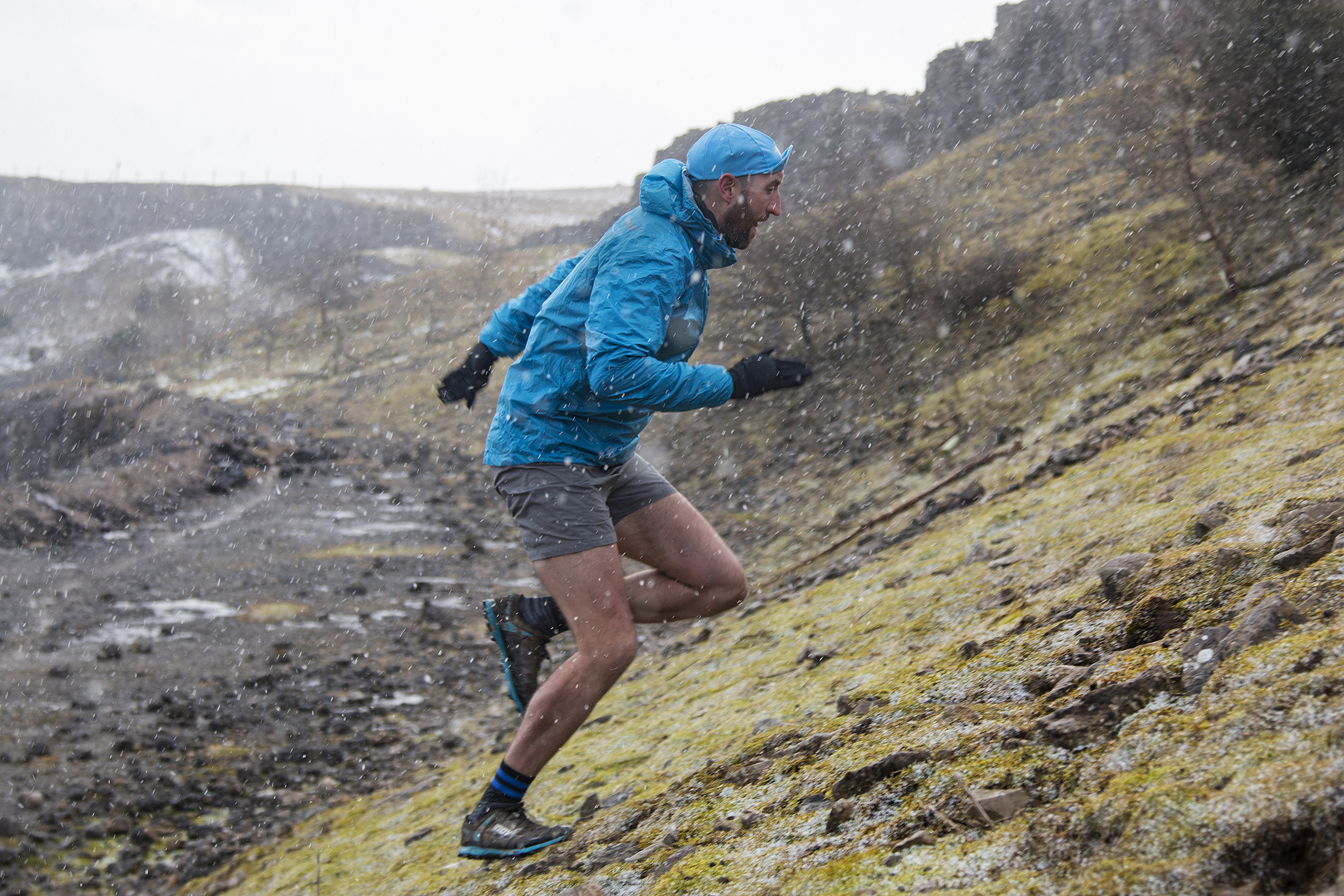
Mounsey was nice enough to expound on this quirky tradition. Fell (that’s another word for “mountain” or “hill” in Northern England) running shares many of the same characteristics as trail running. But the moorland sport stands apart with an undeniable mystique. Running the fells dates back to 11th century, for one.
Interview: Fell Running With Ben Mounsey
GearJunkie: For us Americans, please describe what fell running actually is.
Mounsey: Fell running has existed for centuries, and the longstanding traditions of the sport have never really changed. Many fell races annually take place as a part of community fairs or traditional sporting/farming shows. They are extremely important events for small villages and communities who enjoy and thrive on their existence.
The sport is pure, honest, and simple. It’s based entirely around traditional values — a respect for both competitors and the environment. The fact that competitors are driven by intrinsic reward has helped it to protect these values.
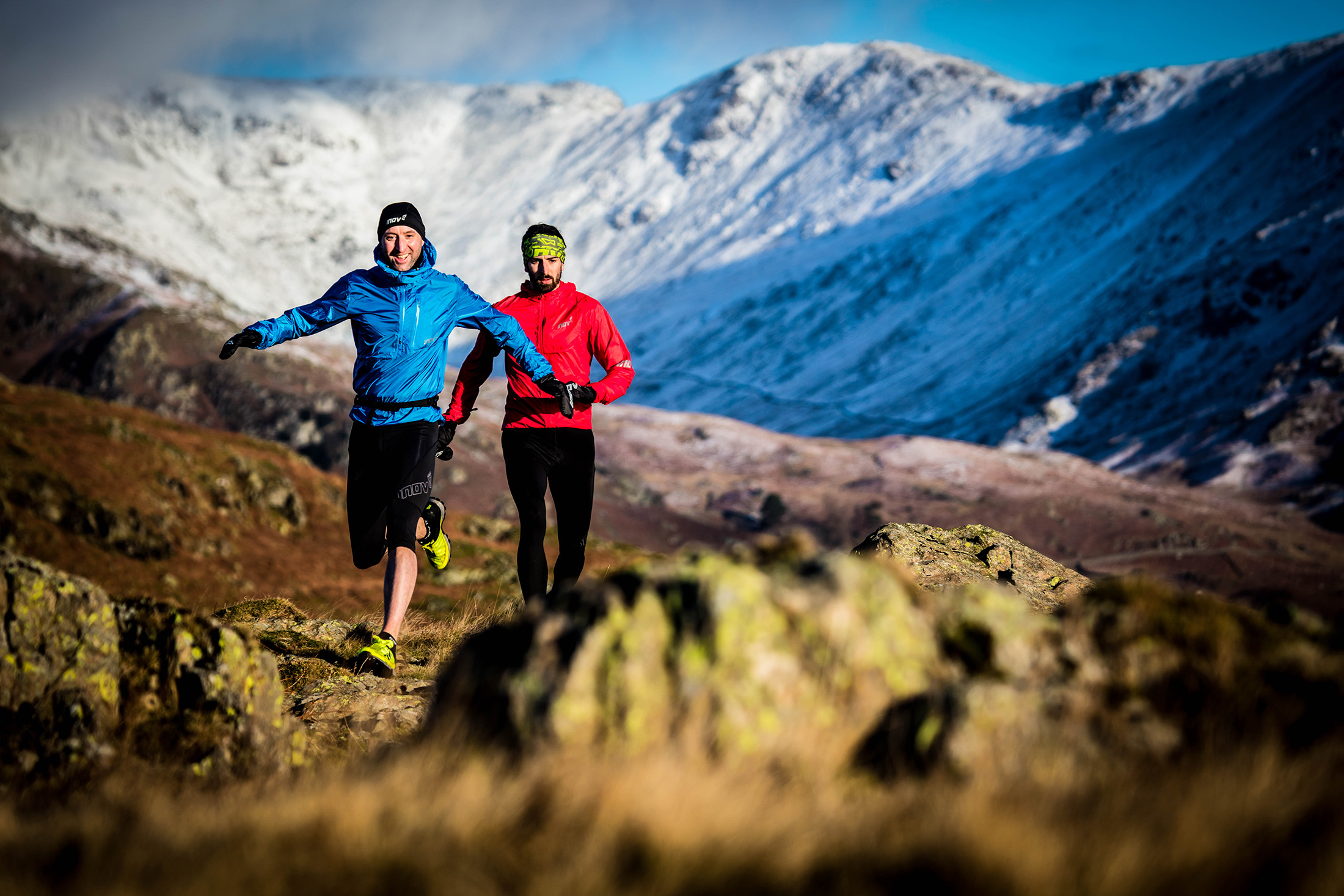
It’s unique from cross-country, trail, or mountain running in that races are so unpredictable in terms of the weather and terrain. You have to be a much stronger and hardier athlete to cope with the challenging environment. Speed isn’t necessarily the key, but rather strength and resilience.
Experience and mountain-craft also play a huge part. You need to be able to find the best lines because often you are running on a vague path (or no path at all) between two checkpoints. There isn’t always an obvious route, and it’s usually safer to trust a compass rather than other people in a race. Fell running is extremely tactical and unlike other sport. It pays to run smart.
Isn’t that just trail or mountain running?
In the United Kingdom, trail running is similar to fell running. But again, there is significantly less climbing, and the trails or paths are more obvious to navigate and easier to run on.
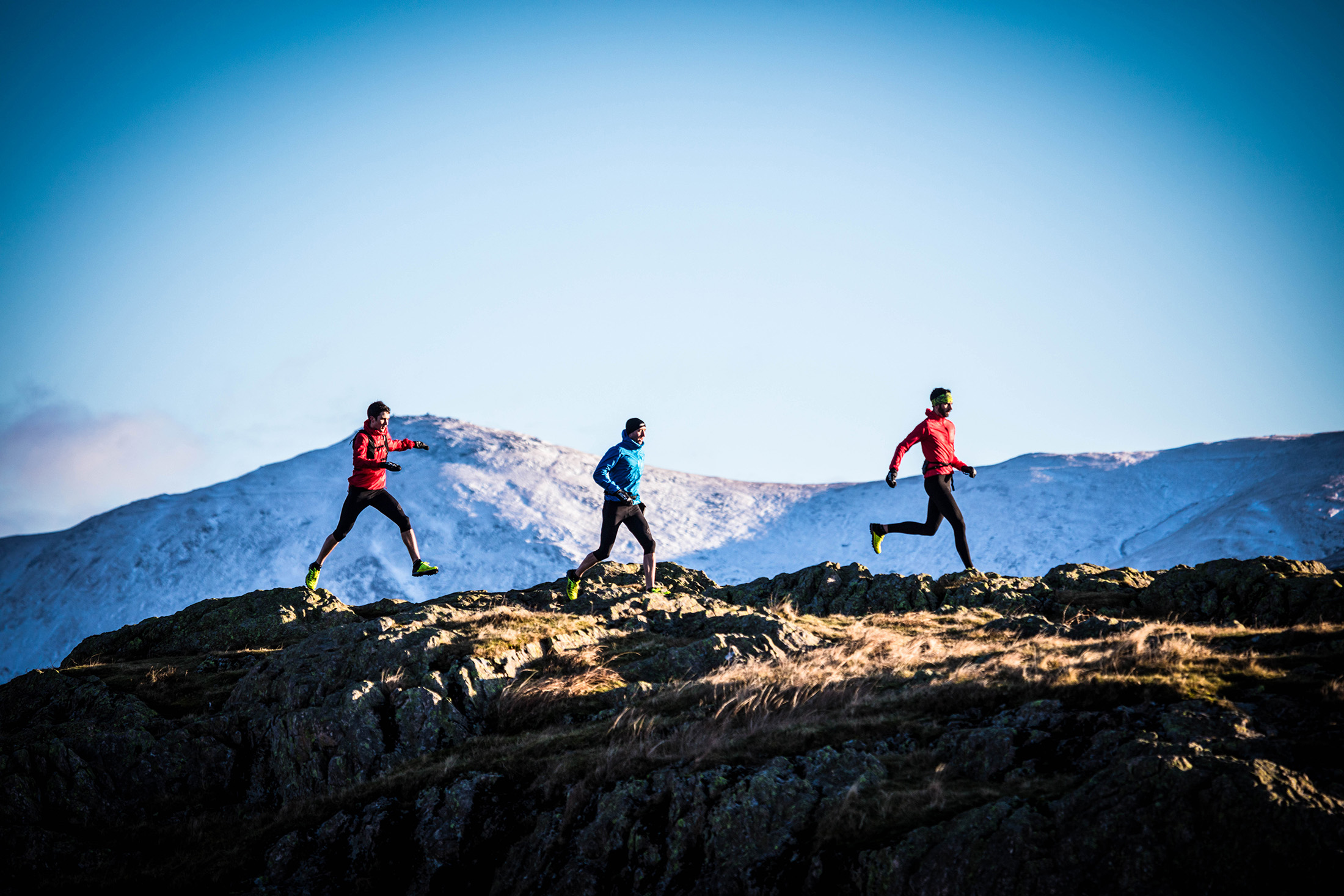
Mountain running is perhaps the closest discipline to fell running. Both have similar types of gradients (up and down), with the only difference being the terrain — lots of the time, fell runners are on soft and muddy ground.
The fells are more difficult to navigate during a race, with fewer obvious paths and tracks to follow. I would also say that mountain runners are typically faster athletes than fell runners, as pace plays a more crucial role in races.
What are some misconceptions about the sport?
1) The fastest athlete always wins.
That’s the beautiful thing about fell running: Having experience and craft, rather than just out-and-out pace, helps to make you a better fell runner.
You need to know how to race, judge your efforts correctly, know which lines to take, and, most importantly, learn how to navigate safely across dangerous and challenging terrain.
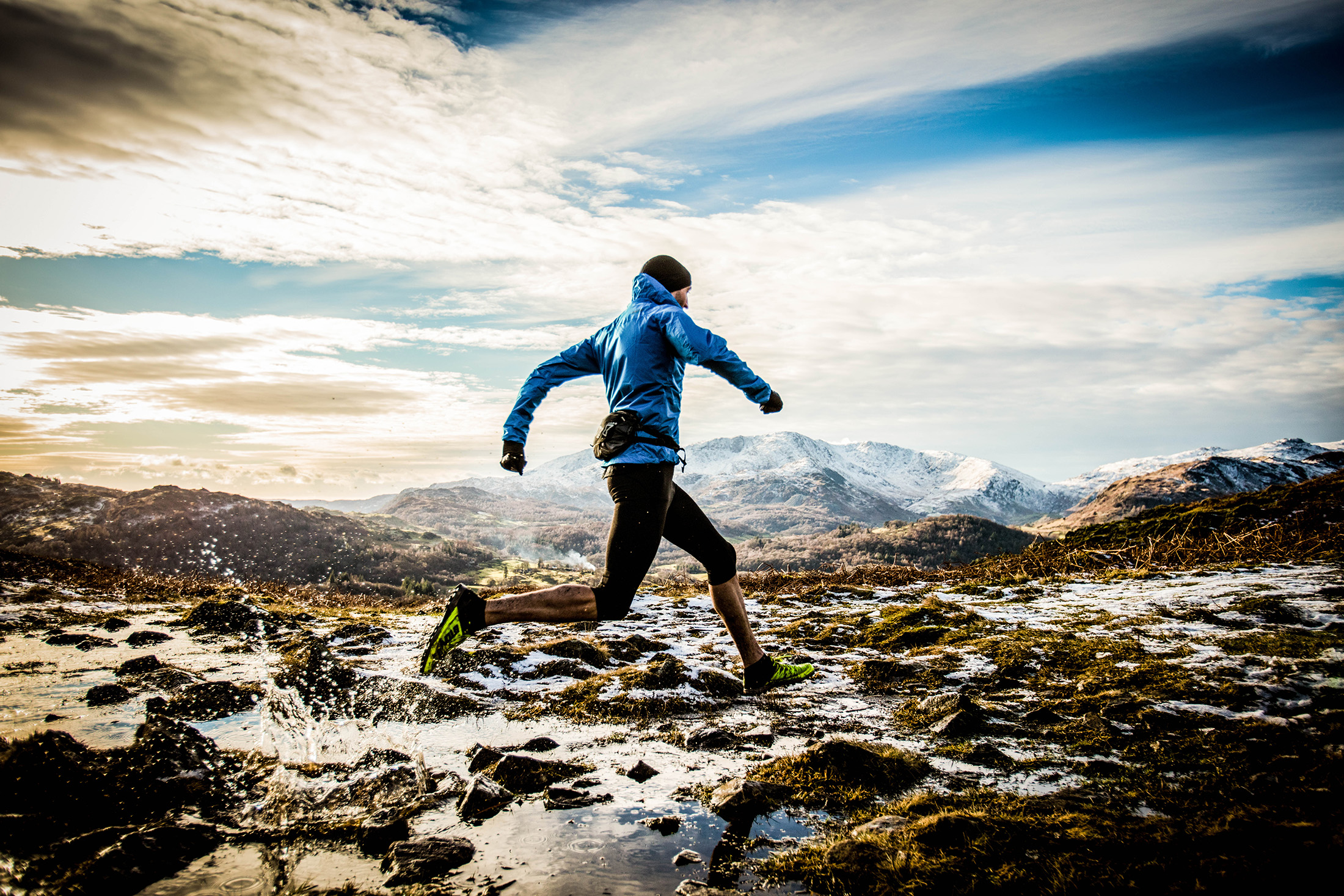
2) It’s a glamorous sport.
During a race, you’re not just competing against other runners, you’re battling against the conditions and terrain. It’s seriously hard, both physically and mentally. There are no shortcuts and no easy races.
You have to learn to embrace the pain and push your body to the extreme. Your legs need to be strong enough to cope with the steep, challenging climbs and handle hair-raising descents at breakneck speed. It’s one hell of a tough sport but extremely rewarding.
3) Fell running is a closed community.
One thing that I love most about fell running is that it’s all-inclusive. The “superstars” are a different breed of elite; there’s no arrogance or bravado. It makes a refreshing change given what you see happening in other sports.
It accepts athletes of all abilities and encourages them to take part and enjoy themselves. The fact that it’s not elitist means you’re just as likely to share a post-race pint of beer with the winner as you are with the person who finishes last.
What gear do first-time fell runners need to compete?
Shoes are the most important kit you’ll need in order to perform well. Grip, comfort, and light weight are essential when choosing the right footwear.
My go-to shoes are the inov-8 X-TALON 230 for training and the lighter X-TALON 210 for racing. Both have aggressive studs on the bottom and utilize a special rubber for brilliant traction.
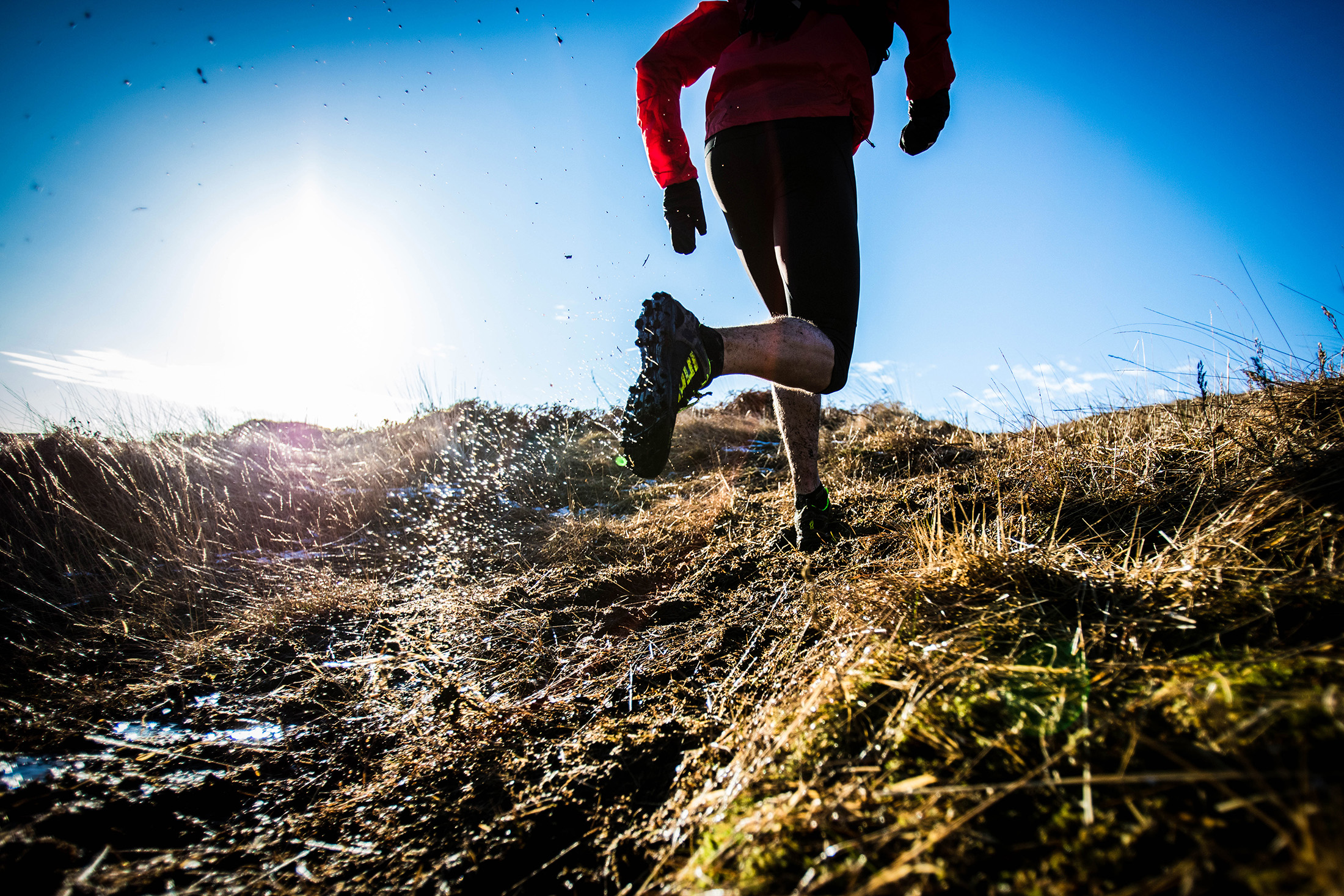
During the winter months or in especially tough conditions, I usually switch to the new inov-8 MUDCLAW G 260. So far, I’ve managed to run over 800 miles in my pair, and there’s still plenty of life left in them yet! [Mousey is sponsored by inov-8.]
A long-sleeve zipped merino mid layer is another important piece of apparel. I can wax lyrical about the superpowers of merino all day long. In my opinion, there’s no better alternative.
I also have to mention the inov-8 AT/C Thermoshell insulated lightweight jacket. During the winter months, I wear it more than anything else. It’s super-lightweight, well-insulated, and perfectly complements my favorite merino mid layer on especially cold days.
It’s extremely important to remember that fell races are held on the fells, hills, and mountains of Great Britain. Both the weather and terrain are usually challenging. It’s compulsory to carry emergency kit, and without it, you could put your safety (and that of others) at risk.
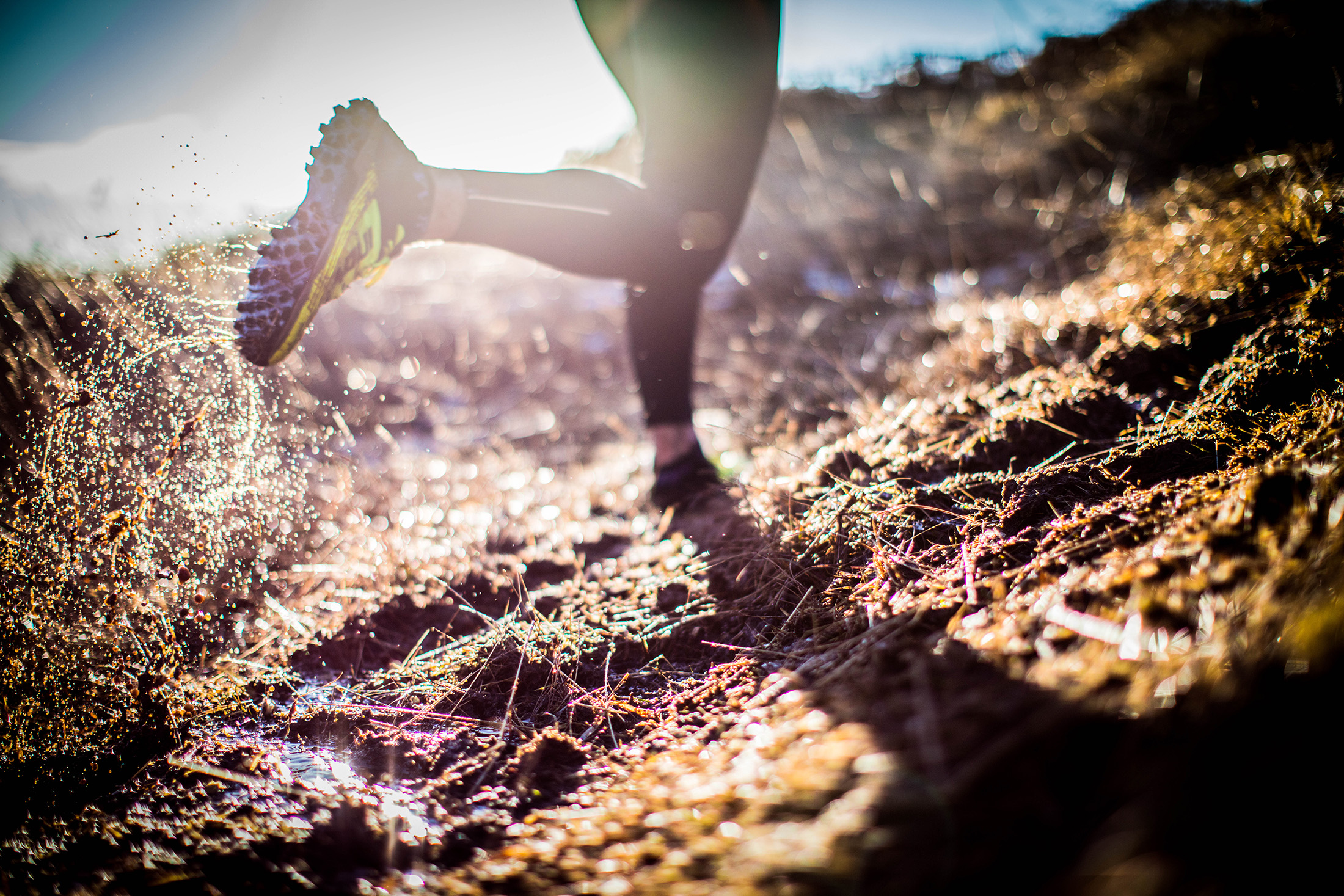
What’s the best fell race to start with?
Check out the Fellrunner website for the full fixture list. It’s important to understand that all races are categorized by severity and length. There are two letters describing each race.
The first is A, B, or C. This represents the severity of the race (terrain, ascent, technical difficulty):
A = The most challenging
B = Challenging
C = Least challenging
The second letter represents the length of the race:
S = Short (10K or less)
M = Medium (between 10K and 20K)
L = Long (over 20K)
Other abbreviations:
ER = Experience required
LK = Local knowledge an advantage
NS = Navigational skills required
PM = Course partially marked
I would recommend trying one of the less challenging fell races to begin with and try to be honest about your level of ability. You can aim to run an AL once you’ve mastered a CS.




